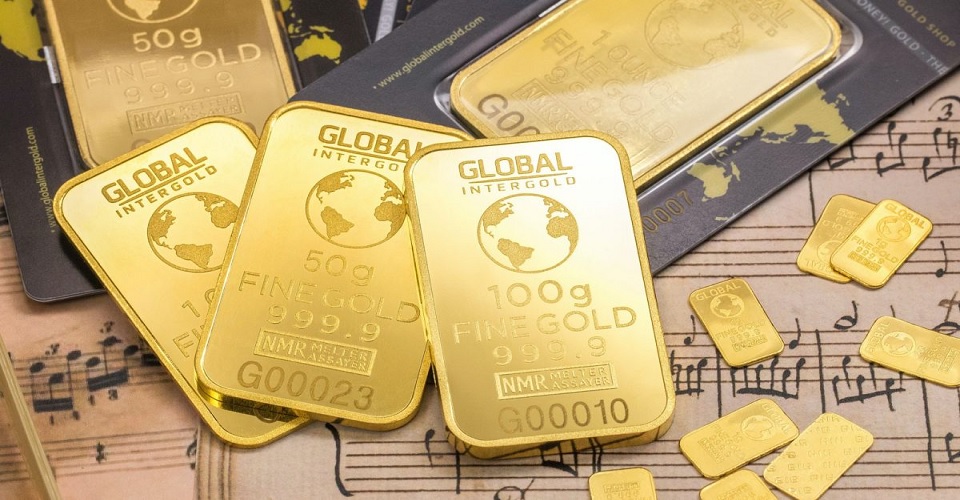Blog
What is Gold?

Gold is one of the most valued commodities you can invest in. It has a long history of utility as a currency, as an asset, and of course, as jewellery.
This precious metal is relatively scarce, and it has a tendency of increasing or retaining its value over the long term, and even in periods where there is market turbulence. For hundreds of years gold used to be used as a currency, and even if currently it is not an official currency as it used to be in older civilisations, it still retains a considerable influence in financial markets and global economies.
The price of gold is affected by various factors, including:
- stability gold is considered to be a secure asset since its price generally rises during periods of instability or turmoil. This is mainly due to the fact that governments and investors use it for hedging during such times. On the other hand, during stable periods, the price of gold tends to drop.
- the forces of demand and supply high demand will naturally lead to price increases, while a weakened demand will lead to lower prices. These forces can include demand for jewellery, technological products, and other products which use gold.
- central banks most of the world’s gold reserves are controlled by the central banks of developed countries. These banks thus have gold pricing powers.
- ETFs many exchange traded funds hold a significant amount of physical gold. As a result the inflows and outflows from these ETFs will generally end up affecting the price of gold since there will be changes in its demand and supply in the market.
Gold affects currencies, and its correlation with the USD remains the benchmark pricing mechanism. In fact when the value of USD rises, gold gets more expensive for other countries to purchase. As a result demand tends to fall. On the other hand when the USD loses its value, investors will look for gold as a safe haven option, and this will in turn lead to the price of gold to be pushed up. This is often described as an inverse relationship of gold prices against the USD.
There are different ways by which one can trade gold. Gold can be:
- purchased as a physical asset
- traded through an ETF
- traded using futures and options in the commodities market
Traders might consider trading gold both because it is a safe haven and its value during times of economic turbulence is better appreciated. Another reason is to capitalise on the weak USD, and to hedge against inflation. Many traders also opt for gold so as to have a diversified portfolio.
This precious metal is relatively scarce, and it has a tendency of increasing or retaining its value over the long term, and even in periods where there is market turbulence. For hundreds of years gold used to be used as a currency, and even if currently it is not an official currency as it used to be in older civilisations, it still retains a considerable influence in financial markets and global economies.
The price of gold is affected by various factors, including:
- stability gold is considered to be a secure asset since its price generally rises during periods of instability or turmoil. This is mainly due to the fact that governments and investors use it for hedging during such times. On the other hand, during stable periods, the price of gold tends to drop.
- the forces of demand and supply high demand will naturally lead to price increases, while a weakened demand will lead to lower prices. These forces can include demand for jewellery, technological products, and other products which use gold.
- central banks most of the world’s gold reserves are controlled by the central banks of developed countries. These banks thus have gold pricing powers.
- ETFs many exchange traded funds hold a significant amount of physical gold. As a result the inflows and outflows from these ETFs will generally end up affecting the price of gold since there will be changes in its demand and supply in the market.
Gold affects currencies, and its correlation with the USD remains the benchmark pricing mechanism. In fact when the value of USD rises, gold gets more expensive for other countries to purchase. As a result demand tends to fall. On the other hand when the USD loses its value, investors will look for gold as a safe haven option, and this will in turn lead to the price of gold to be pushed up. This is often described as an inverse relationship of gold prices against the USD.
There are different ways by which one can trade gold. Gold can be:
- purchased as a physical asset
- traded through an ETF
- traded using futures and options in the commodities market
Traders might consider trading gold both because it is a safe haven and its value during times of economic turbulence is better appreciated. Another reason is to capitalise on the weak USD, and to hedge against inflation. Many traders also opt for gold so as to have a diversified portfolio.